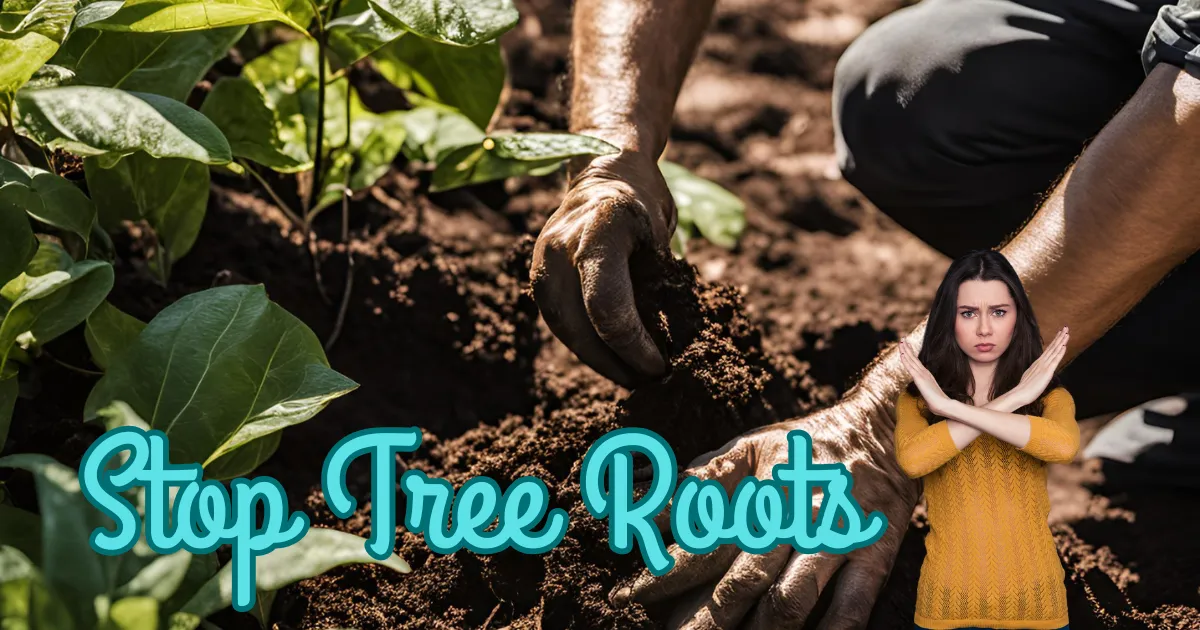
How to Stop Tree Roots from Growing Back 🌳
When I first struggled with unwanted tree roots pushing their way into my garden beds, I thought the solution would be as simple as cutting them out and calling it a day. I remember the afternoon I hacked away at a stubborn root system with a handsaw, feeling quite proud of my efforts as I hauled away piece after piece of thick, gnarled wood. At the time, I believed I had conquered the problem. The tree was gone, after all, and surely that meant its roots would perish. But a few weeks later, I noticed fresh shoots emerging from the stump area. Not only that, but roots seemed to continue spreading underground, causing bumps in the lawn and interference with my flower beds.
That’s when I realized the truth: stopping tree roots from growing back is rarely as simple as a single round of pruning. It’s a bit like weeding—if you don’t tackle the problem at its source, it just keeps coming back. Fortunately, I’ve since learned a great deal about how to manage and prevent regrowth of tree roots, and I’m going to share what I’ve discovered so that you can avoid the frustration and wasted effort I went through.
Why Do Tree Roots Keep Growing Back?
Trees are remarkably resilient organisms. Even after you remove the trunk and branches, the root system can continue to live for a surprisingly long time. Roots store energy, and some species are particularly skilled at putting out new shoots and suckers from remaining root tissue or the stump itself. This survival mechanism ensures trees can recover from setbacks like storm damage or animal browsing.
From the plant’s perspective, regrowth is a triumph of resilience. From a gardener’s perspective, it can feel like a never-ending battle.
Methods to Stop Tree Roots from Growing Back
1. Remove the Stump
Leaving even a small stump behind can encourage regrowth. Stump removal can be achieved in several ways:
- Manual Removal: Dig out the stump with a shovel, ax, and saw. Ideal for smaller stumps.
- Stump Grinding: Rent or hire a professional to grind the stump below soil level, reducing the chance of regrowth. Be aware that some roots may still remain underground.
2. Excavate Large Roots
For persistent species, removing large portions of the root system may be necessary. This involves:
- Digging a substantial hole around the stump.
- Severing major roots with pruning saws or loppers.
- Physically pulling roots out of the ground.
This method is labor-intensive but highly effective.
3. Chemical Treatments
Using stump-killing products with active ingredients like glyphosate or triclopyr can be effective. To apply:
- Drill holes into the stump or make fresh cuts.
- Apply the chemical directly to living tissue.
- Follow all product instructions and safety precautions.
While effective, chemicals may not be suitable for everyone due to environmental concerns.
4. Smothering the Stump
Cut the stump as close to the ground as possible and cover it with a light-blocking material like:
- Black plastic sheeting
- Heavy tarps
- Cardboard with mulch on top
This denies the roots sunlight, eventually starving them. This method is slow and may take months to a year.
5. Cutting Back New Growth
Promptly remove any new shoots as they appear. Repeatedly cutting back shoots forces the roots to expend energy without photosynthesis, eventually depleting their reserves. This approach requires patience and vigilance.
6. Install Root Barriers
Root barriers can redirect or block roots from encroaching on specific areas. Made from thick plastic or geotextile material, they’re installed in trenches to prevent root spread. This is particularly helpful near patios or foundations.
7. Choose the Right Approach for the Tree Species
Some species, like poplars and willows, are notorious for aggressive regrowth. Tailor your methods to the species:
- Deciduous Trees: May require chemical treatments or vigilant cutting.
- Conifers: Less likely to resprout from the stump.
Timing and Maintenance
Best Time for Treatments
Apply chemical treatments or make cuts during active growth periods, such as late spring or early summer, for better absorption.
Monitor and Adjust
- Keep checking for new growth and act promptly.
- Use nitrogen-rich fertilizers or compost to encourage natural stump decomposition.
When to Call a Professional
If the root system is large or near critical structures like sidewalks or foundations, consulting a professional arborist may be the best option. They can:
- Use specialized equipment like stump grinders.
- Provide expert advice on preventing regrowth.
Conclusion
Stopping tree roots from growing back requires persistence and a combination of methods. Whether you opt for stump grinding, chemical treatments, smothering, or vigilant cutting, the key is addressing the root system directly. With patience and consistent effort, you can reclaim your garden space and prevent unwanted regrowth.
Happy gardening, and may your efforts yield a root-free, thriving garden! 🌱